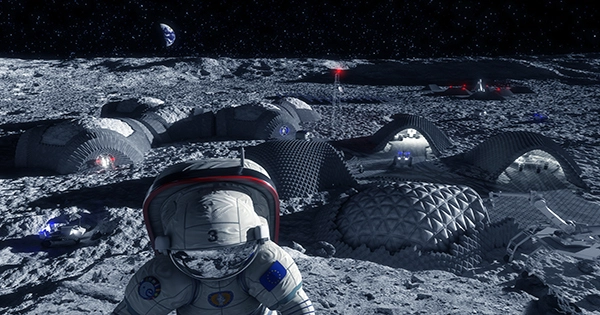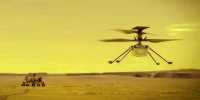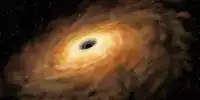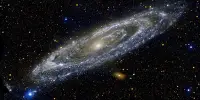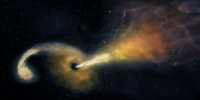For the upcoming Moon landing, which is anticipated to occur with the Artemis III mission, which is set to launch in around three years, NASA has produced a shortlist of potential landing sites. The 13 sites are all situated six degrees of latitude or less from the lunar south pole, which is an area that has not yet been visited by humans. Water ice, an essential resource for the establishment of permanent colonies on the Moon, is abundant in the region.
In a statement, Mark Kirasich, deputy assistant administrator for the Artemis Campaign Development Division at NASA Headquarters in Washington, said that by choosing these places, humans would be able to return to the Moon for the first time since Apollo. “When we do, it will be unlike any mission that has come before as astronauts explore deep spaces that have never been visited by humans before and set the foundation for upcoming extended stays,” said Armstrong.
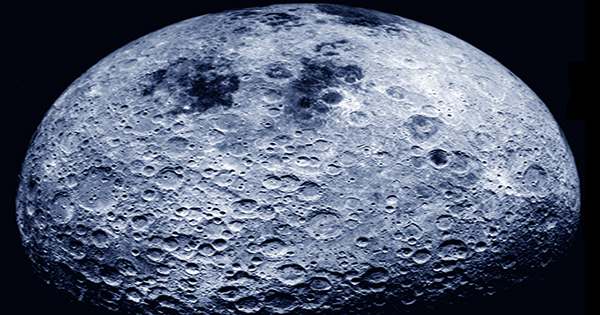
The contenders are: Peak Near Shackleton, Connecting Ridge, Connecting Ridge Extension, de Gerlache Rim 1, de Gerlache Rim 2, de Gerlache-Kocher Massif, Haworth, Malapert Massif, Leibnitz Beta Plateau, Nobile Rim 1, Nobile Rim 2, and last but not least, Amundsen Rim are just a few of the peaks that make up the Faustini Rim system.
These have the names of philosophers, chemists, arctic explorers, astronomers who were Jesuits, and even chemists.
The landing locations are all regarded as having scientific significance and all have (or are close to) areas that are permanently shaded. The timing of the mission’s launch will also affect the optimum landing choice. Different locations would make for a secure landing. The astronauts could stay on the surface for 6.5 days.
According to Sarah Noble, the Artemis lunar science lead for NASA’s Planetary Science Division, “a number of the proposed sites within the regions are located among some of the oldest parts of the Moon and together with the permanently shadowed regions, provide the opportunity to learn about the history of the Moon through previously unstudied lunar materials.”
At conferences and seminars, the larger science and engineering communities will discuss and assess each proposed site. In addition to collaborating with SpaceX, who will be using their Starship as a landing vehicle, NASA hopes to gather this feedback in order to make the ultimate landing vehicle choice.
According to NASA’s senior exploration scientist, Jacob Bleacher, “creating a roadmap for exploring the solar system entails knowing how to employ resources that are already at our disposal while simultaneously maintaining their scientific integrity.” As a resource and from a scientific standpoint, lunar water ice is valuable because it can be used to produce fuel and oxygen for life support systems.
Over 40 years after Apollo 17, Artemis will witness the return of humans to the Moon. The first woman and the first person of color will set foot on the moon at this time. The unmanned Artemis I will be launched next week for the program’s maiden space test.
